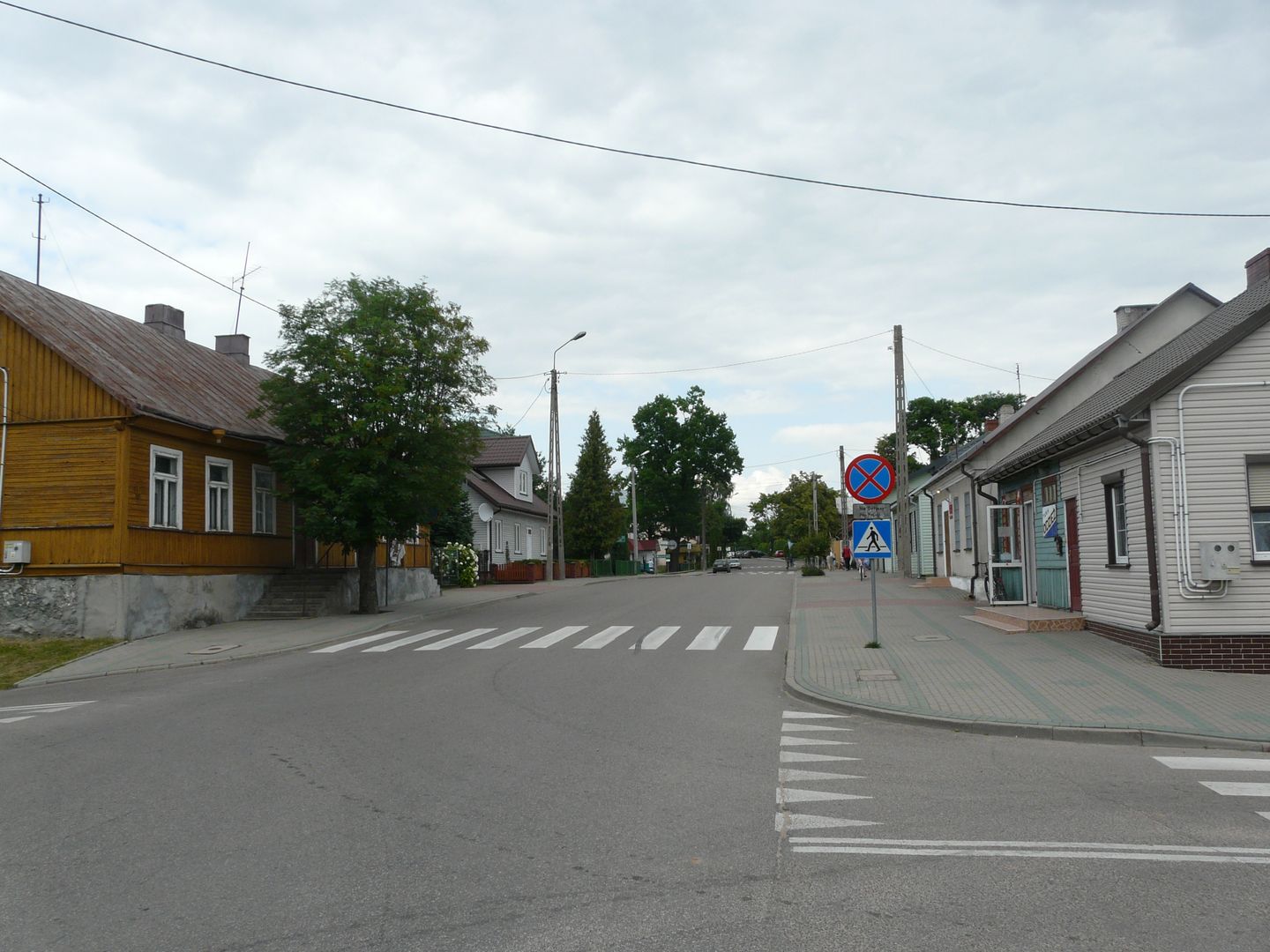Puńsk
6.54

Overview
Puńsk, also known as Punskas in Lithuanian, is a village in northeastern Poland that held town rights between 1647 and 1852. Located in the Eastern Suwałki Lakeland, within Sejny County, it serves as the administrative seat of the Puńsk Commune. The history of the settlement dates back to before 10,000 BCE, to the period of Yotvingian habitation, and the name "Puńsk" is derived from Lake Punia, which was named by Lithuanians. In 1597, Stanisław Zaliwski, a standard-bearer of the Grand Duchy of Lithuania, initiated the transformation of Puńsk into an urban center by granting trade privileges. Puńsk obtained town rights in 1647 and became one of the more important towns in the Sejny Region. In the 19th century, Lithuanian schools located here introduced the local community to cultural life, which evolved into a strong center of Lithuanian culture. After World War II, Puńsk became the cultural capital of Poles of Lithuanian descent. The village features numerous historical monuments, including a Neo-Gothic Church of the Assumption of the Blessed Virgin Mary with abundant decorations such as sculptures and Lithuanian embroidery. Also of note is the rectory, which now serves as a museum, and a synagogue from the turn of the 19th and 20th centuries. Puńsk is also known for its local folklore festivals held during Midsummer Night and on August 15. Additionally, there is an open-air museum of a Lithuanian village showcasing architecture from the late 19th and early 20th centuries. Today, Puńsk has schools offering instruction in both Polish and Lithuanian. The village is renowned for its many folk artists and the activities of local associations, with its residents nurturing Lithuanian traditions and striving to preserve their cultural heritage. The mayor of the commune is Witold Liszkowski. Puńsk is a place where Lithuanian history and culture meet Polish heritage, creating a unique character for this community.
Location
2025 Wizytor | All Rights Reserved